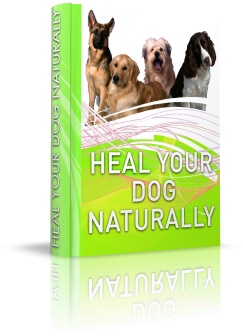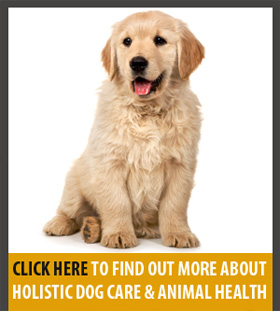Dr. Greg Perrault
19.10.11
Gazettes.com
Many of you are aware that October is Breast Cancer Awareness Month for people and may have personally been touched by the disease. However, did you realize that cats and dogs also get breast cancer? We refer to it as mammary cancer in veterinary medicine. Everyone loves petting their dog or cat. It relaxes the animal and also the person. Petting can also be a lifesaver for your pet. Mammary tumors are the second most common group of cancers in dogs, comprising 52% of all tumors. Just as in humans, finding these lumps early is very important. Of the mammary gland tumors diagnosed in female dogs, 41% to 53% are diagnosed as malignant. Mammary gland tumors are less common in the cat, but if they do develop, they are more likely to be malignant. Cats and dogs have five pairs of mammary glands extending from their axilla or armpit to the groin area. In the dog, the last two pairs are more likely to form tumors. Clinically, mammary tumors often appear as tissue nodules or enlargements within the mammary glands.
The best way to feel for lumps is to pick a time when your pet is relaxed. Very few dogs will object to a nice belly rub. Start by running your hands along each side of the mammary chains down the body, head to tail. Gently knead the deeper tissue with your thumb and fingertips looking for blips as if you are searching for a BB or small pea. Most of the tumors will develop close to the nipples, but make sure to check the deeper tissue especially in the last two glands since they are usually larger and have more mammary tissue. Also, check for any discharge from the nipples. Although not as common, male dogs have been known to get mammary tumors, so don’t skip the lump search just because your dog is a boy.
What causes mammary tumors in pets? The development of mammary gland neoplasms appears to be hormone-dependent because the risk of developing a mammary tumor increases as the number of estrous (heat) cycles increases. Diet also has been implicated with mammary tumors. Mammary cancer is more common in obese dogs and dogs fed homemade meals consisting of higher proportions of beef and pork and lower proportions of chicken. Administration of certain hormones, such as progesterone and mixed estrogen-progesterone drugs will increase the cancer risk also.
How can you help prevent these tumors? The number one way to prevent mammary tumors in the cat and dog is early spaying. The risk of developing mammary gland tumors is between 0.05% to 0.5% if the dog is spayed prior to the first estrous cycle, which occurs at 6 months old. Compare that to 26% if she is spayed after the second estrous cycle. It can’t be stressed enough that spaying your dog before 6 months of age nearly eliminates mammary cancer risk in your dog! Cats spayed before 6 months of age have a seven times reduced risk of developing mammary cancer and spaying at any age reduces the risk of mammary tumors by 40% to 60% in cats. Other factors that may reduce the incidence of mammary tumors include feeding a well-balanced diet and avoiding obesity.
Mammary tumors in pets can be very aggressive and spread rapidly to the lymph nodes and lungs. Always bring new lumps to the attention of your veterinarian. He or she may want to sample the tumor with a fine needle aspiration and cytology or may recommend surgery right away. Spay your pets early and make the most out of those belly rubs so they can enjoy a long healthy cancer free life.
SAR ROONEY’S NATUROPATHIC VIEW ON BREAST CANCER IN DOGS
It’s interesting that this article states that dogs fed higher proportions of beef and pork to chicken are at higher risk of developing breast cancer. As most of my (animal naturopath) clients know, I never encourage the feeding of beef or pork as these foods can produce an inflammatory reaction in dogs (which can not only lead to cancer when fed long-term, but can aggravate arthritis and also increase the risk of heart disease and many other serious diseases in animals).
However, when it comes to feeding your dog a naturopathic diet, I also encourage dog owners to avoid too much chicken – unless it is certified organic and the chickens haven’t been fed growth hormones or antibiotics. These substances can have a dramatic effect on the dogs health and I believe they may significantly increase the risk of developing cancer and other diseases so try to only buy your dog chemical-free, organic chicken. This also fits in with the naturopathic philosophy of trying to avoid or reduce toxins in your animals. There are a number of other foods that can provide a natural diet for your dog including fresh pilchards from your local fish monger (fed whole with the heads and tails chopped off), fresh, raw lamb (human-grade), chicken and turkey mince (human-grade), large, raw meaty bones to chomp on (for recreation and to clean their teeth) and many other great food choices that can help your dog achieve optimum health.
Yours In Health, Sar Rooney BHSc., ND., DC., DASc., GDSc. (Hons) Zoology, MHATO, MATMS. Canine Naturopath, Naturopathic Physician, Research Health Scientist, Zoologist www.AnimalNaturopath.com.au


